Top speed 715 km/h Wingspan 12 m Weight 2,150 kg First flight July 23, 1952 | Range 925 km Length 10 m Engine type Turbomeca Marboré | |
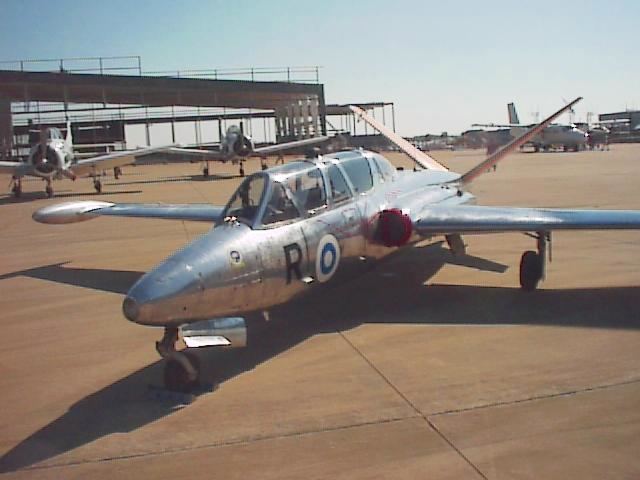 | ||
Fouga cm 170 magister warbird jet trainer
The Fouga CM.170 Magister is a 1950s French two-seat jet trainer. The related CM.175 Zéphyr was a carrier-capable version for the French Navy.
Contents
- Fouga cm 170 magister warbird jet trainer
- Design and development
- Operational history
- Israel
- El Salvador
- Finland
- Belgium
- Brazil
- Katanga
- Morocco
- Ireland
- Cambodia
- Variants
- Operators
- Specifications CM170 1
- References
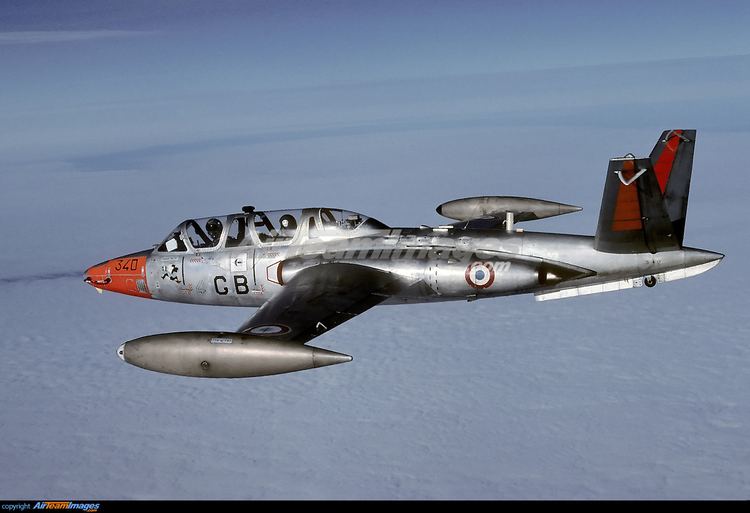
Design and development
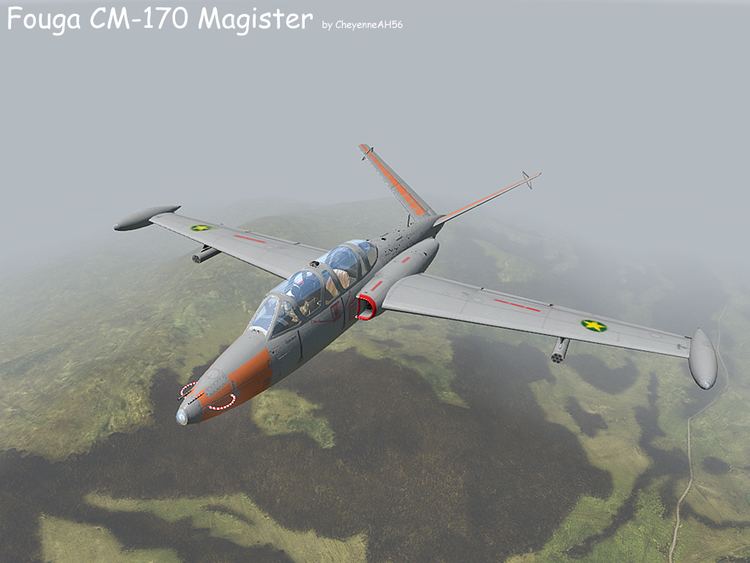
In 1948, Fouga (Robert Castello and Pierre Mauboussin) designed a jet-powered primary trainer called CM.130 for the French Air Force (Armée de l'Air, AdA) to replace piston-engined Morane-Saulnier MS.475 aircraft. When AdA found the aircraft lacking in power from the two Turbomeca Palas turbojets, Fouga enlarged the basic design, using the more powerful Turbomeca Marboré engine and retaining the distinctive V-tail of the Fouga CM.8 glider used by Fouga for jet engine research. In December 1950, AdA ordered three prototypes, with the first aircraft flying on 23 July 1952. A pre-production batch of 10 were ordered in June 1953 followed by the first production order for 95 aircraft on 13 January 1954. Fouga built a new assembly plant at Toulouse-Blagnac to produce the aircraft, which entered service with the AdA in 1956..
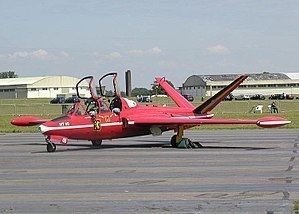
Due to industrial mergers, the aircraft has been variously known as the Fouga CM.170 Magister, Potez (Fouga) CM.170 Magister, Sud Aviation(Fouga) CM.170 Magister and Aérospatiale (Fouga) CM.170 Magister depending on where and when they were built.
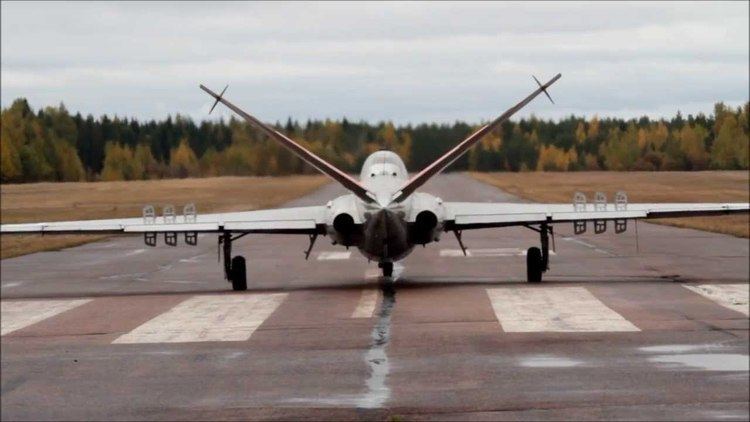
The Aéronavale (French naval air arm) adopted a derivative of the Magister, the CM.175 Zéphyr, as a basic trainer for deck-landing training and carrier operations. These were preceded by two "proof of concept" prototypes designated the CM.170M Magister, which made their first flights in 1956 and 1957 respectively.
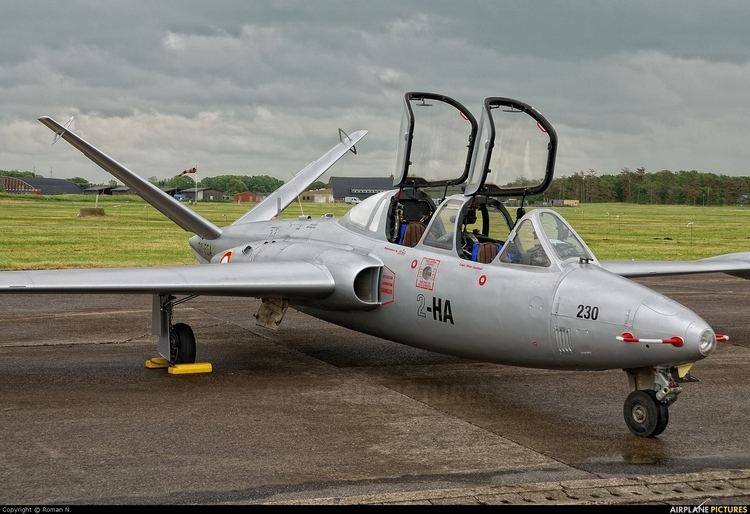
An improved version of the Magister designated the CM.170-2 Magister was produced from 1960, powered by a more powerful Turbomeca Marboré IV engine. Production of the Magister stopped in France in 1962 but it continued to be built in Finland up to 1967.
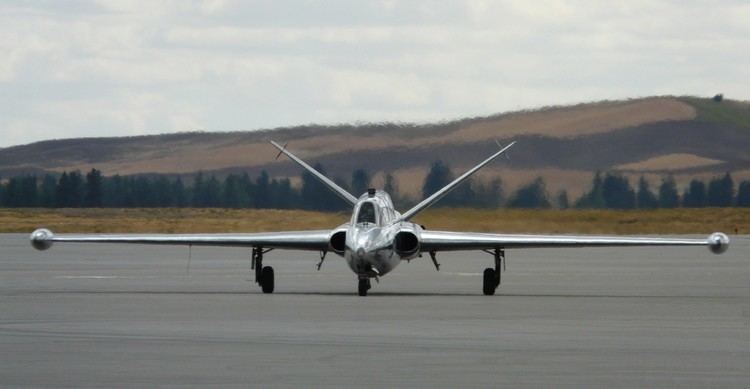
The development of the aircraft came to an end when the French Air Force selected the Alpha Jet as their new jet trainer.
After retirement, a number of Magisters were bought by private-owner pilots in the USA and are operated in the experimental category.
Operational history
The first export customer was Germany who ordered 62 aircraft from Fouga, and Flugzeug Union Süd (a consortium of Heinkel and Messerschmitt) license-built a further 188 aircraft. In addition the CM.170 was built under license by Valmet in Finland, and Israel Aircraft Industries in Israel, with a total of 929 built. Of these 286 were completed under license.
Israel
The first Fouga arrived in Israel in 1957 and shortly later local license-manufacturing was started by Israel Aircraft Industries, named IAI Tzukit. The first local aircraft was completed in 1959 and entered service in 1960.
The Fougas served with the IAF's flight school, where they were used for both basic and advanced jet training. The aircraft also formed the IAF's aerobatic team. In 1974 the Magisters were replaced by A-4 Skyhawks in the advanced jet training role, keeping their basic training role alone. By the beginning of the 1980s a plan was devised to upgrade and refurbish the aircraft, extending their service life. The new aircraft had over 250 modifications, including new engines and a newly designed cockpit. By 1986 most of the Fougas had been upgraded to Zukit standard. The IAF has been looking for an aircraft to replace the Zukit for many years but has failed to find one, mainly because of budget constraints.
In 1964 the flight school organized a fighting squadron, manned by school instructors and IAF reservists, to use Fouga Magister as light attack plane in case of hostilities. In the 1967 Six Day War 44 Fougas were used by 147 Squadron as a close support aircraft, attacking targets on the Sinai front during the first day of the war, when Israel's more capable combat aircraft were deployed on Operation Focus against Arab air bases. They were then deployed against Jordanian forces, including armour, on the West Bank. Fougas destroyed over 50 tanks and over 70 other armoured vehicles, helping in holding back Jordanian armour which was heading towards Jerusalem. The Magister proved effective at the close-support mission albeit with heavy casualties, with seven aircraft and six pilots being lost.
El Salvador
9 former Israeli and 3 French Magisters were acquired by the Salvadoran Air Force and used as both trainers and ground attack aircraft in the Salvadoran Civil War using bombs and nose-mounted 7.62mm machine guns. They cooperated with Ouragans and A-37Bs. None are recorded as being lost to enemy fire, but only five were in operational condition by the end of the war.
Finland
In 1958-1959, Finland purchased 18 Fouga Magisters from France. At the same time they also obtained a manufacturing license. The Finnish aircraft manufacturer Valmet later built 62 Fouga aircraft between 1958–67. Finland assigned a secondary attack role in the event of war, as number of attack planes was limited by peace agreement with Soviet Union.
The French built aircraft carried the designations FM-1...-18 and the Finnish built FM-21...-82. The aircraft served as a jet trainer in the Finnish Air Force between 1958–1988 until superseded by BAe Hawks. A total of 21 Fouga Magisters were destroyed in accidents, six with fatal outcome. The usual Finnish Air Force nickname for the aircraft was Kukkopilli (Ocarina) because of the unique sound of the Turbomeca Marboré turbojet.
Belgium
The Belgian Air Force operated 50 Magisters as primary trainers. The aerobatic team The Red Devils also used them as display aircraft. A small number of Magisters remained in use until September 2007, as flight maintenance aircraft for senior officers. The Belgian Air Force was the last country that used Magisters for full duty.
Brazil
The Força Aérea Brasileira (FAB) used the Fouga Magister in their aerobatic display team, the Esquadrilha da Fumaça, from 1968 until 1975. Their aircraft were numbered T-24 in the trainer series of FAB type designations.
Katanga
During the Congo Crisis, the pro-secessionist Katangese Air Force (FAK) purchased nine newly built Magisters, set aside from a Belgian order. Only three were actually delivered to Katanga, in February 1961. One of these was used against the ONUC in the September 1961 Siege of Jadotville, flown by a Belgian and armed with two machine guns and two locally made light bombs. It destroyed two DC-4s and a DC-3 on the ground and made numerous attacks on ground targets. The aircraft was not used again after 1961.
Morocco
The Moroccan Air Force purchased 25 Magisters from France between 1956 and 1970 for training, some of which were employed in the Western Sahara War against Polisario forces. The loss of several in action led to the Magister's retirement from combat duties in the 1980s replaced by Alphajets.
Ireland
The Irish Air Corps operated six Fouga Magisters from 1975 to 1999, four of which equipped the Silver Swallows display team.
Cambodia
Cambodia operated four Fouga CM.170 Magister from 1961. They were used initially only for training but later also for light strike aircraft. Cambodian Magisters were very active in the first weeks of Lon Nol's government. The Fouga Magisters were combined with four Cessna AT-37Bs of the Air Academy forming a Light Attack Squadron. This unit was very active at the time, frequently cooperating also with the three or four A-1Ds that were still operational.
Variants
Operators
Specifications (CM.170-1)
Data from Jane's All The World's Aircraft 1965–66
General characteristics
Performance
Armament
